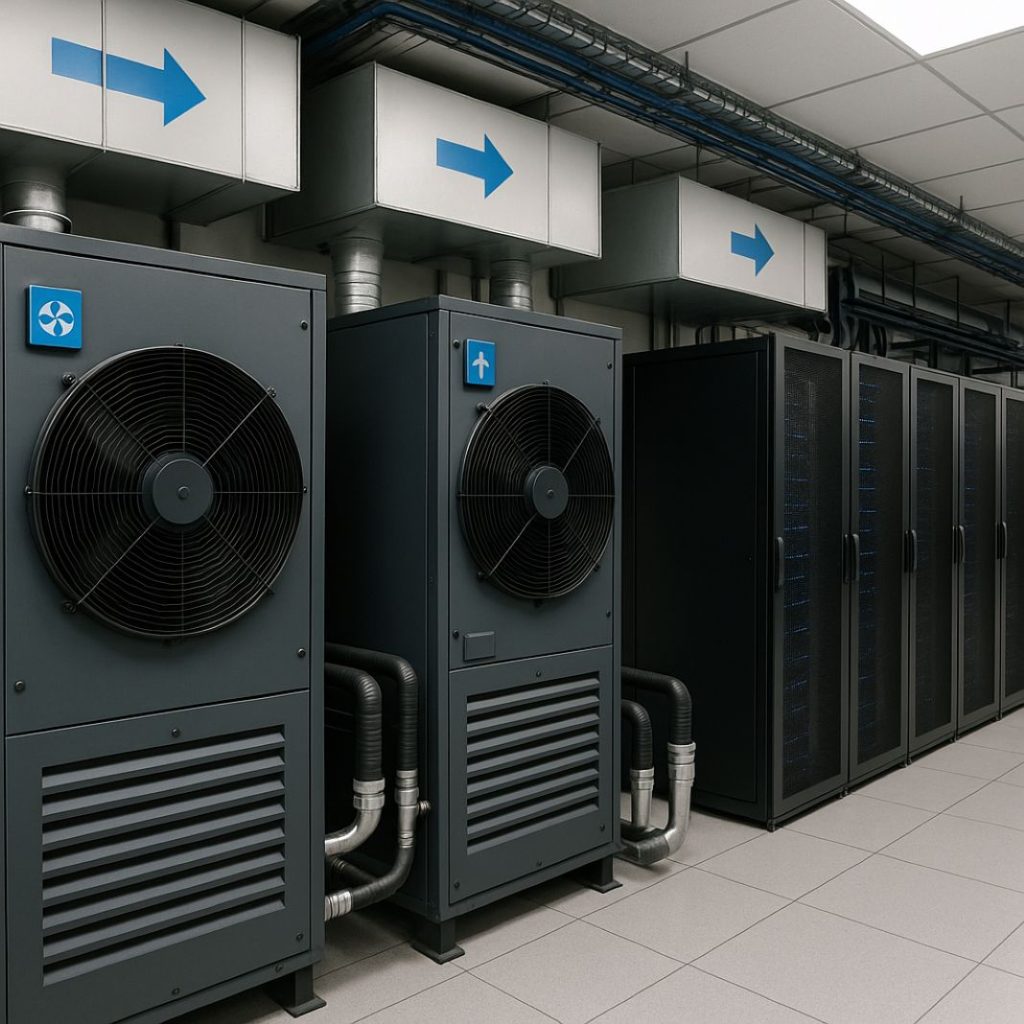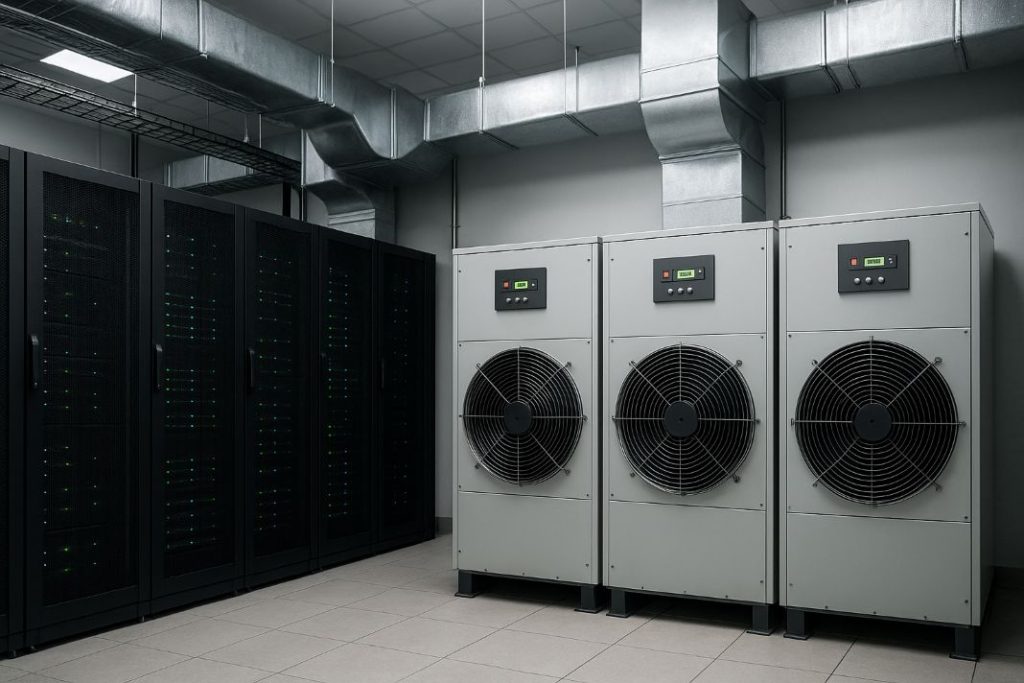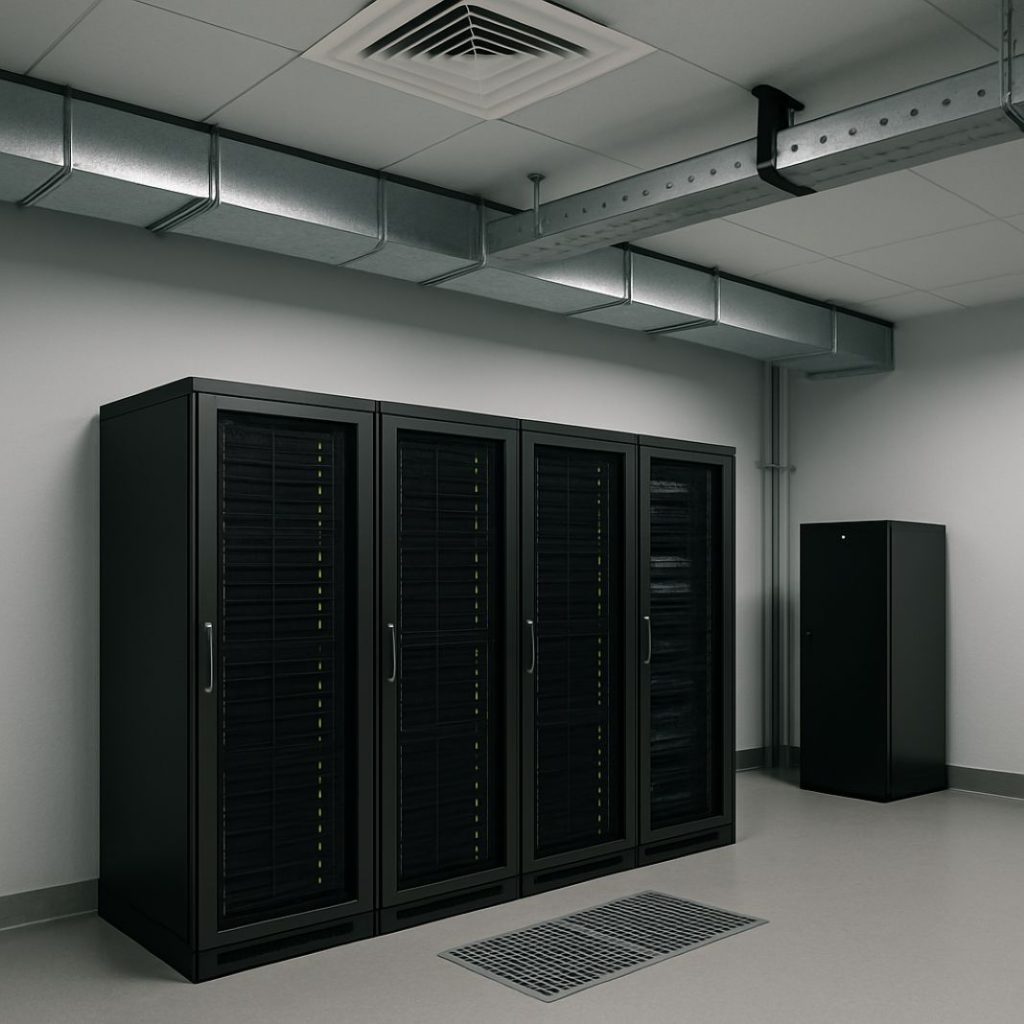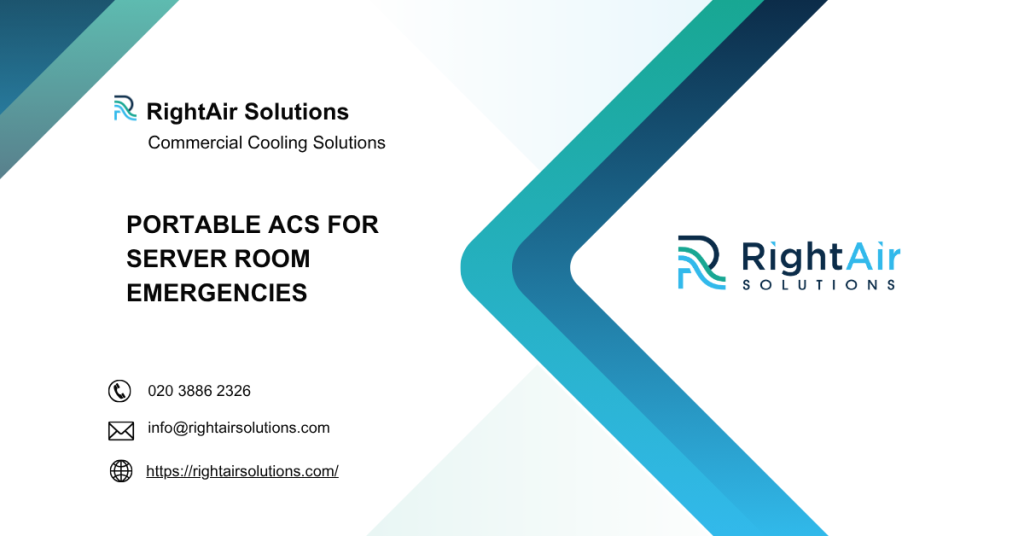For organisations like schools and colleges, it is important to follow specific servers and storage standards set by the UK government to ensure data security and reliable IT infrastructure, making portable ACs a key part of maintaining these standards during cooling emergencies.
- Air Conditioning, Air Conditioning Installation, Maintenance & Servicing
RightAir Solutions is a company that specialises in commercial air conditioning services.








